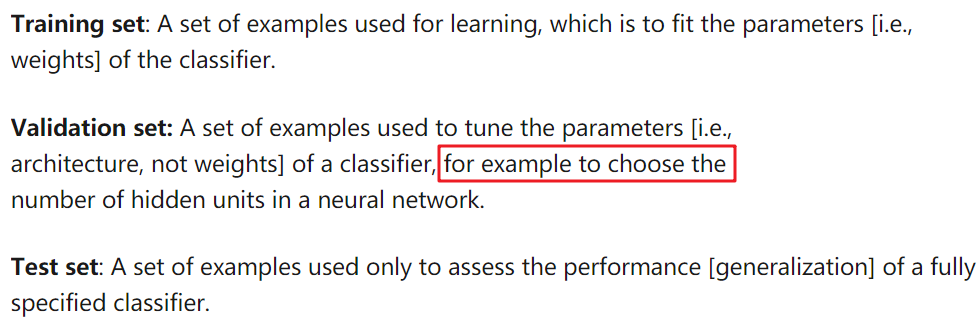3-7学习笔记
1.在clone项目时出现了一下错误:
error: RPC failed; curl 18 transfer closed with outstanding read data remaining
尝试了设置缓冲区大小:https://blog.csdn.net/CLOUD_J/article/details/90241544不行。
这个是ok的:
$ git clone http://github.com/large-repository --depth 1 $ cd large-repository $ git fetch --unshallow
3-8日——————————————
1.from string import punctuation
# import string library function import string # Storing the sets of punctuation in variable result result = string.punctuation # Printing the punctuation values print(result) print(len(result)) #输出: !"#$%&'()*+,-./:;<=>?@[\]^_`{|}~ 32
从上面可以看出,它包含了32个标点符号,可以用在文本清洗中,去掉特殊符号~~~
2.from collections import Counter
https://www.hackerrank.com/challenges/collections-counter/problem
>>> from collections import Counter >>> >>> myList = [1,1,2,3,4,5,3,2,3,4,2,1,2,3] >>> print Counter(myList) Counter({2: 4, 3: 4, 1: 3, 4: 2, 5: 1}) >>> >>> print Counter(myList).items() [(1, 3), (2, 4), (3, 4), (4, 2), (5, 1)] >>> >>> print Counter(myList).keys() [1, 2, 3, 4, 5] >>> >>> print Counter(myList).values() [3, 4, 4, 2, 1]
从上面可以看出 ,它是一个计数器,可以将元素出现次数统计为一个字典。
3.什么是停用词?
https://blog.51cto.com/kinglixing/688063
http://sofasofa.io/forum_main_post.php?postid=1001801

简单来说,就是虚词,没有意义,或者一些太常用的词,去掉它们能够增强搜索能力。
https://github.com/goto456/stopwords
这里就给出了百度等常用停用词表。
4.验证集到底有什么用?有必要吗?在大数据集情况下合适?
在这里训练过程中就在验证集上跑:

保持疑问。。https://www.zhihu.com/question/26588665

说是这么说的,验证集就是用来微调参数的,比如模型结构而不是模型权重,例如调整模型的隐层数,这个就很迷。。
这个先放这了,等到我以后看到有k折交叉验证的代码时再来学习。
7.numpy.hstack与vstack
https://docs.scipy.org/doc/numpy/reference/generated/numpy.hstack.html
对它有了一个全新的认识:
import numpy as np a = np.array([[1],[2],[3]]) b = np.array([[2],[3],[4]]) c=np.hstack((a,b)) d=np.vstack((a,b))
可以进行一个简单的分析:
a、b的size为(3,1),hstack是按列合并,那么就是将列相加size变成了(3,2)。
而vstack是按行相加,变为(6,1),结果分别如下:
>>> c array([[1, 2], [2, 3], [3, 4]]) >>> d array([[1], [2], [3], [2], [3], [4]])
注意,两者均没有其他参数,只有要合并的这些参数,也可以多个一起合并。
也可以三个或以上:
f=np.array([[2],[3],[7]]) e=np.hstack((a,b,f)) >>> e array([[1, 2, 2], [2, 3, 3], [3, 4, 7]])
也可以针对单个进行:
g=np.hstack(e) h=np.vstack(e) #结果: >>> g array([1, 2, 2, 2, 3, 3, 3, 4, 7]) >>> h array([[1, 2, 2], [2, 3, 3], [3, 4, 7]])


 浙公网安备 33010602011771号
浙公网安备 33010602011771号